So let me explain my problem a little better now (please reopen this question). I heard of markov chain theory when thinking about a method to generate procedural lines to build terrain.
The main thing that's generated is the map which can extend to infinity. At first I've built a demo with perlin-based procedural maps having a lot of various terrain features. It was even meant to be isometric, more like Sentinel. This proved to be too confusing to play on with the movement mechanics I had in mind. I had to reduce it to a much simpler tile based system. It's not only easier to grasp and navigate but it's looking a lot better too.
The map is generated using the Markov chain. The algorithm is fed a short human made terrain sequence. It then goes on and produce a map of any size mimicking the structure of the input.
So an example visual output may look like you see in the following image

Actually I experienced a similar thing that is described in the quotation ending up with this random lines:

So instead of having this random line I look for a solution to create little canyons from the first picture. First time I read about markov chain I thought WOW, take a human made line as input and let the algorithm proceed, sounds brilliant.
So how does markov chain theory actually help on creating this kind of terrain? If you think there is a better way to do this please suggest.
The map is generated using the Markov chain.
...confused me and I tought their actually is a markov chain algorithm.